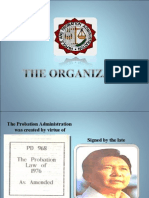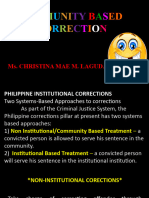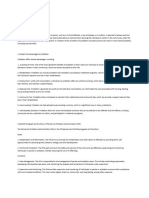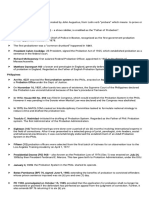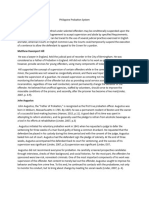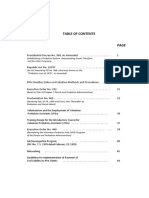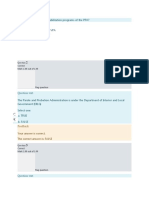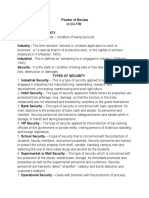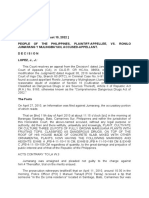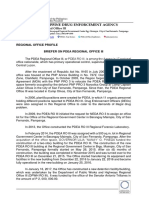0% found this document useful (0 votes)
11 views9 pagesParole
The Parole and Probation Administration (PPA) in the Philippines was established by Presidential Decree No. 968 in 1976 to rehabilitate and reintegrate offenders through community-based corrections. The agency aims to provide alternatives to imprisonment, reduce recidivism, and promote a humane correctional system. It operates under the Department of Justice, with a structured organization to oversee probation and parole services across the country.
Uploaded by
Israel AldayCopyright
© © All Rights Reserved
We take content rights seriously. If you suspect this is your content, claim it here.
Available Formats
Download as DOCX, PDF, TXT or read online on Scribd
0% found this document useful (0 votes)
11 views9 pagesParole
The Parole and Probation Administration (PPA) in the Philippines was established by Presidential Decree No. 968 in 1976 to rehabilitate and reintegrate offenders through community-based corrections. The agency aims to provide alternatives to imprisonment, reduce recidivism, and promote a humane correctional system. It operates under the Department of Justice, with a structured organization to oversee probation and parole services across the country.
Uploaded by
Israel AldayCopyright
© © All Rights Reserved
We take content rights seriously. If you suspect this is your content, claim it here.
Available Formats
Download as DOCX, PDF, TXT or read online on Scribd
/ 9








